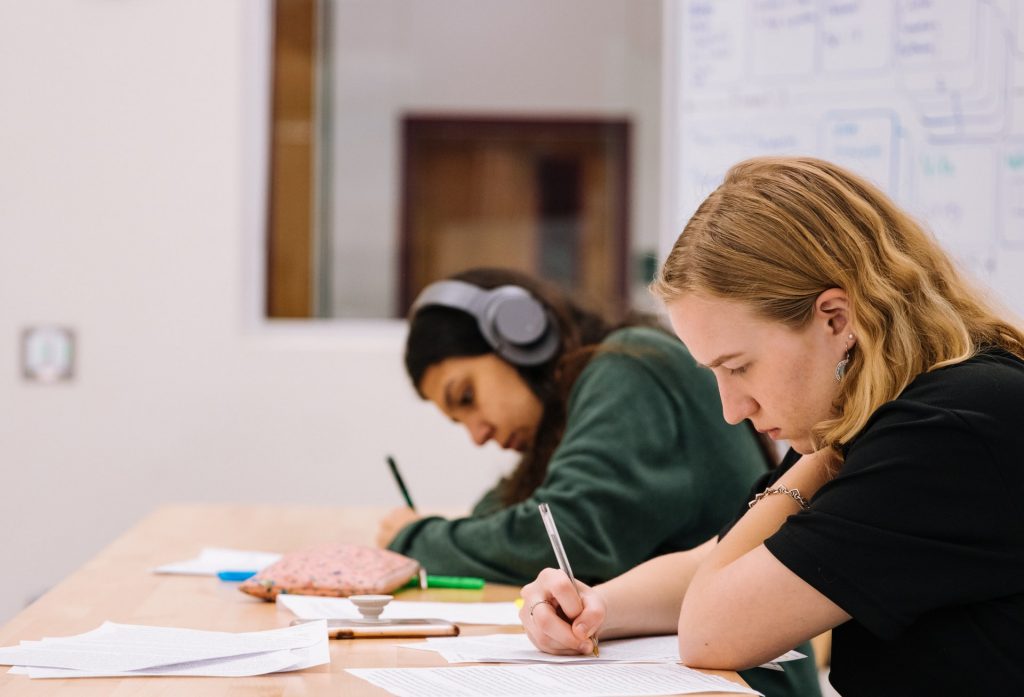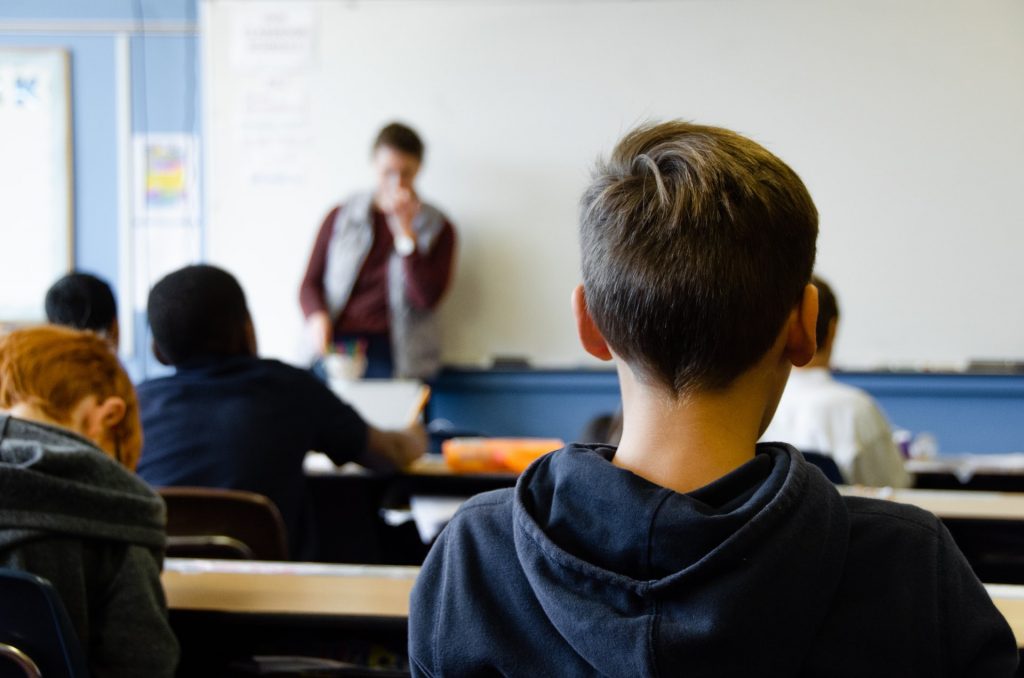Are you looking for ways to encourage students to behave appropriately while moving with groups? If so, keep reading.
1. Give the student an easily grasped list of consequences for unacceptable behavior when moving with a group.
2. Show/model for the student moving properly with a group.
3. Assess the appropriateness of the expectation of moving with a group to ascertain (a) if the task is too easy, (b) if the task is too complicated, and (c) if the duration of time scheduled to finish the task is sufficient.
4. Converse with the student to explain (a) what they are doing wrong (e.g., running, pushing peers, etc.) and (b) what they must be doing (e.g., walking without touching peers).
5. Create rules for moving properly with a group: • Walk in the halls. • Go directly from one area to another. • Talk quietly in the halls. • Walk on the right side of the hall. • Utilize an appropriate pathway. Examine rules often. Praise students for following the rules.
6. State clearly the manner in which you expect the student to act before going out in public or to a place where they have never been before.
7. Separate the line regularly to enable the student’s success when moving with a group.
8. Get the students to walk in pairs when moving as a group.
9. Separate the student from the peer who stimulates their unacceptable behavior.
10. Form a second line or group for those students who move at a slower pace.
11. Write a contract with the student stipulating what behavior is required (e.g., walking properly in a group) and which reinforcement will be implemented when the agreement has been met.
12. Inform the student before leaving the classroom of the rules for walking in a group (e.g., walk behind the person in front of you, keep hands to yourself, walk quietly, etc.).
13. Consider using a classroom management app. Click here to view a list of apps that we recommend.
14. Consider using an adaptive behavior management app. Click here to view a list of apps that we recommend.
15. Consider using Alexa to help the student learn to behave appropriately. Click here to read an article that we wrote on the subject.
16. Click here to learn about six bonus strategies for challenging problem behaviors and mastering classroom management.










